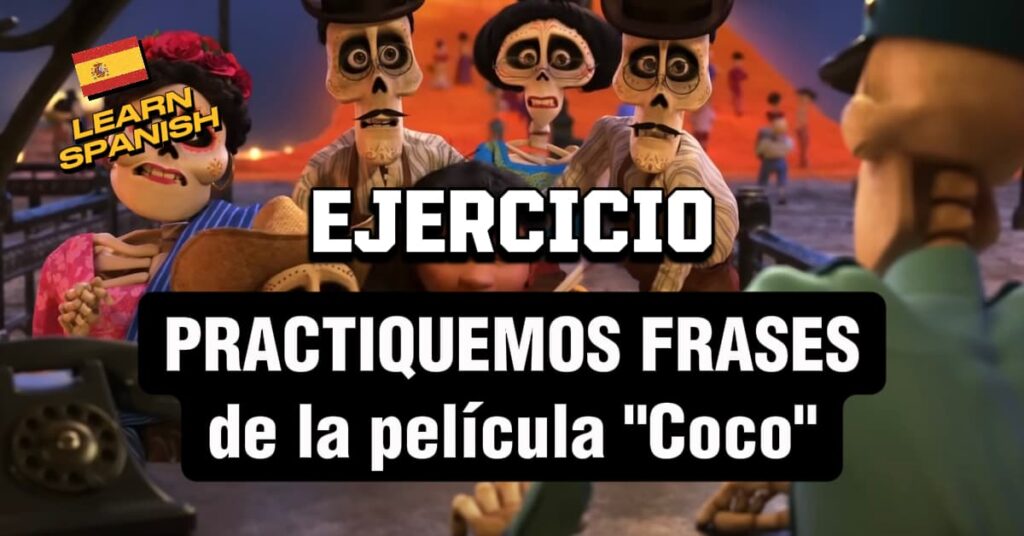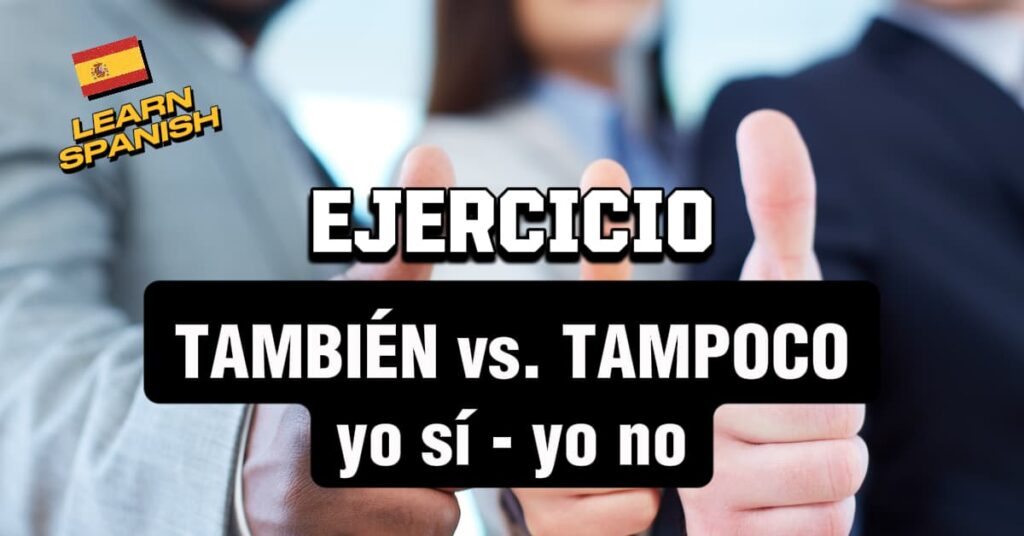Do you know the main opposite verbs in Spanish?
Un estudiante me dijo hace algunos años que él podía memorizar verbos en español más rápido pensando en pares de verbos opuestos. Como resultado, en lugar de aprender los verbos como palabras sueltas, prefirió aprenderlos en parejas. That is, instead of studying “ir, dar, subir, llorar” he organized the verbs into pairs of opposite verbs. For example: ir/venir, entrar/salir, subir/bajar, ganar/gastar, dar/recibir, etc.
I thought it was a great idea and, therefore, I thought I would do this exercise with all my Spanish students.
In fact, many grammatical structures in Spanish use the opposite verbs and it is very useful to learn the words in a context, in this case, using opposite sentences; for example: “llego a las nueve y me voy a las cinco”, “él se duerme tarde y se despierta muy temprano”. Below, I leave you the list of the most used opposite verbs in Spanish, and below, you can do the exercise to practice these verbs.
List of the main Spanish contrary verbs
-
entrar – salir enter – exit
-
llegar – irse arrive – leave
-
ir – venir go – come
-
subir – bajar go up – go down
-
dar – recibir give – receive
-
encender – apagar turn on – turn off
-
llorar – reírse cry – laugh
-
abrir – cerrar open – close
-
ganar – gastar earn – spend
-
dormirse – despertarse fall asleep – wake up
There are many pairs of opposite verbs in Spanish in addition to these, but for now I propose an exercise with sentences that use the verbs in the list above.
Other advantages of learning opposite verbs
- Enrich your vocabulary: Knowing the opposite verbs allows you to express your ideas more fully and accurately.
- Improve your comprehension: understanding the contexts in which opposite verbs are used will help you better understand Spanish texts.
- Makes studying more fun: Learning by playing is always more effective!
Opposite verbs are like two sides of the same coin: they represent contrasting actions and help us describe the world around us in more detail. Think about it: we could not fully understand the meaning of “alto” without knowing its opposite “bajo” or “caliente” without “frío”.
In Spanish, as in all languages, opposite verbs are essential to build complex sentences and express nuances of meaning. In the following exercise you have to complete sentences in the present tense, which will help you memorize the meaning of the verbs and at the same time you will practice the conjugation in the present indicative tense. Surely it is going to be useful and you are going to have fun doing it. 😃
Enjoy!
Spanish Quiz
10 sentences – Level A1 A2
Click on the letters to complete the sentence with the opposite verb.
( You can also type on your computer keyboard).
If you don’t know the answer, click on the green button →
You can delete (Borrar) by clicking the red button ←

✏️ You can also practice…
14 sentences with irregular verbs in the present tense

¿Te gusta practiquemos.com?
Give me a 5-star rating
You help me a lot. Thank you very much 🙏
★★★★★
Do you have any questions or comments?
Click to write a comment
I love to know your opinion ❤︎




